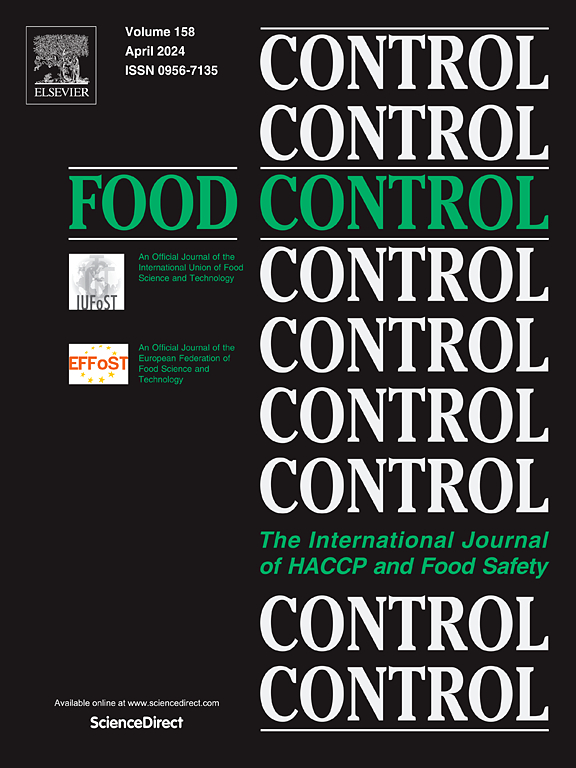Microbial profiles of commercially packaged baby spinach from hydroponic controlled environment agriculture and soil-based open field production
IF 5.6
1区 农林科学
Q1 FOOD SCIENCE & TECHNOLOGY
引用次数: 0
Abstract
Packaged “ready-to-eat” (RTE) fresh leafy greens grown hydroponically (GH) in controlled environment has becoming an important food choice for consumers. However, a significant data gap exists regarding the microbial profile of these products on the markets. In this study, commercially packaged GH baby spinach products were sampled from different retail stores in the Mid-Atlantic region and were compared with the packaged RTE baby spinach grown from soil-based (GS) open field production available in the same stores. Aerobic bacteria and yeast and mold populations were determined by culture-based method, and microbiome was analyzed via high-throughput 16S rRNA gene and ITS amplicon sequencing. While no major differences in microbial population were seen, distinctive patterns on microbial community between GH and GS products were observed. The dominant microbes on GS baby spinach were bacterial genus Pseudomonas (average relative abundance: 70%) and fungal genus Cystofilobasidium (53%). The most abundant bacteria identified on GH baby spinach was a Cyanobacteria genus Synechocystis (25%), and the major fungal genera were Penicillium (22%) and Cladosporium (15%). The abundance of Pseudomonas in RTE leafy greens is well documented; but there have been no reports regarding Synechocystis presence in RTE baby spinach. Further investigations are warranted to investigate the interactions of the microbiome (bacteria, fungi, and Synechocystis), food safety, and quality of RTE GH products.
求助全文
约1分钟内获得全文
求助全文
来源期刊

Food Control
工程技术-食品科技
CiteScore
12.20
自引率
6.70%
发文量
758
审稿时长
33 days
期刊介绍:
Food Control is an international journal that provides essential information for those involved in food safety and process control.
Food Control covers the below areas that relate to food process control or to food safety of human foods:
• Microbial food safety and antimicrobial systems
• Mycotoxins
• Hazard analysis, HACCP and food safety objectives
• Risk assessment, including microbial and chemical hazards
• Quality assurance
• Good manufacturing practices
• Food process systems design and control
• Food Packaging technology and materials in contact with foods
• Rapid methods of analysis and detection, including sensor technology
• Codes of practice, legislation and international harmonization
• Consumer issues
• Education, training and research needs.
The scope of Food Control is comprehensive and includes original research papers, authoritative reviews, short communications, comment articles that report on new developments in food control, and position papers.
 求助内容:
求助内容: 应助结果提醒方式:
应助结果提醒方式:


